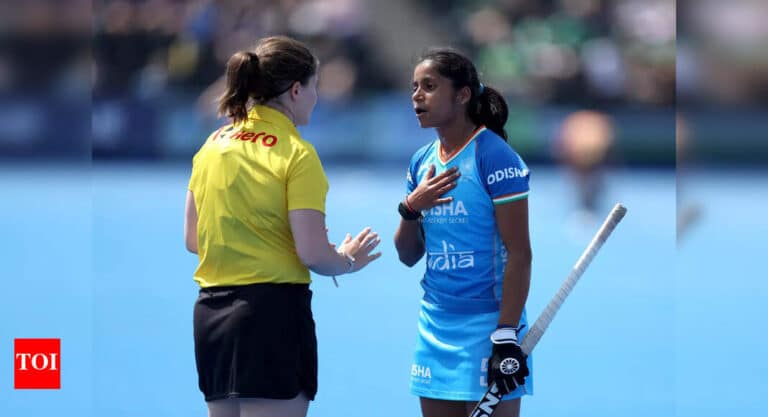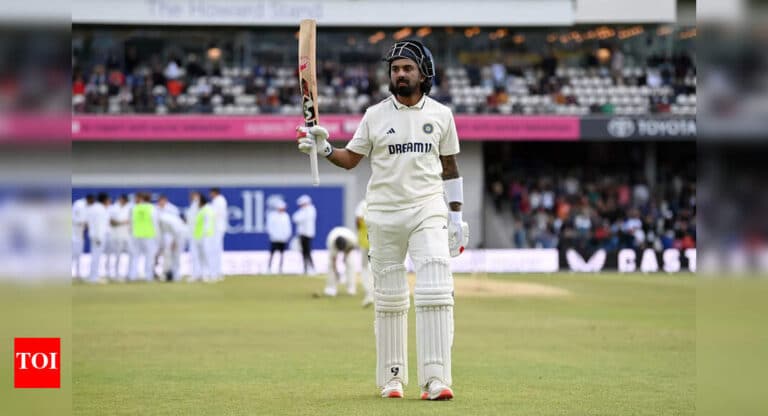
Stronger together: Captain Gill will need more than just Bumrah magic for India to take 20 wickets.
| Photo Credit: Getty Images
If victories confirm grand plans and strategies, defeats often force an almighty rethink.
In that sense, India’s bruising five-wicket reverse to England in the first Test at Headingley here has understandably posed a lot of questions going into the second match in Birmingham starting July 2.
Question
Chief among them will be the bowling composition.
With the exception of Jasprit Bumrah, who finished with figures of five for 83 and none for 57, and to an extent Mohammed Siraj, who toiled tirelessly, the rest of the personnel were patchy at best.
With Bumrah set to play only two of the remaining four Tests, India needs solutions, and quickly.
What India missed can be clearly gauged by a juxtaposition of the bowling rosters that have toured the Old Blighty four years apart.
In the 2021-22 five-match series that finished 2-2, Bumrah, Siraj and Ravindra Jadeja played all five contests, Mohammed Shami four, Shardul Thakur three, Ishant Sharma two and Umesh Yadav one. They were seasoned, hunted like a pack of wolves, showed no let-up in intensity and offered control.
In Leeds, England was smart enough to see out Bumrah with minimum damage and attack the rest.
Prasidh Krishna was playing just his fourth Test and the inexperience showed. Shardul, with all due respect, is more handy than lethal. Options on the bench are Akash Deep (seven Tests), and Arshdeep Singh (zero).
“When you go to Australia, England or South Africa, experience matters,” coach Gautam Gambhir said after the first Test.
“But these are still early days. If you start judging your bowlers after every Test, then how will they develop? They have got quality and that’s why they are in this dressing room. It’s about building a fast-bowling battery which can serve India for a long time.”
It is indeed an unenviable task to shape a bowling line-up that is future ready while simultaneously plotting to win an arduous five-Test away series against a strong opponent and be mindful of the workload of your best bowler.
One way to do it and learn the right lessons from the defeat is to introduce a genuine wicket-taker, like left-arm wrist-spinner Kuldeep Yadav, and forgo some batting depth.
Gambhir may have rued the minimal returns from the lower-order (No. 7 to 11 totalled 45 runs both innings combined). However, that was not because of a dearth of batters but lack of application, of which Shardul was an example. If pitches are going to be as batting friendly as Headingley, does the team really need insurance until No. 8? More so with four of the top-five scoring centuries?
Kuldeep, in fact, has troubled England in the past. His 19 scalps at 20.15 across four Tests in India last year is a good barometer. He can fetch wickets and has the ability to take the pitch out of the equation, a terrific skill that can help on flatbeds.
“I don’t want to say this guy didn’t bowl well or that guy didn’t,” insisted Gambhir. “Prasidh was really good. Shardul gave us two important wickets which got us back. Yes, it’s important to take 20 wickets, but it [combination] also depends on the surface.”
It is like that search for a Goldilocks Zone. The earlier the Indians find it, the better.
Published – June 25, 2025 07:53 pm IST




